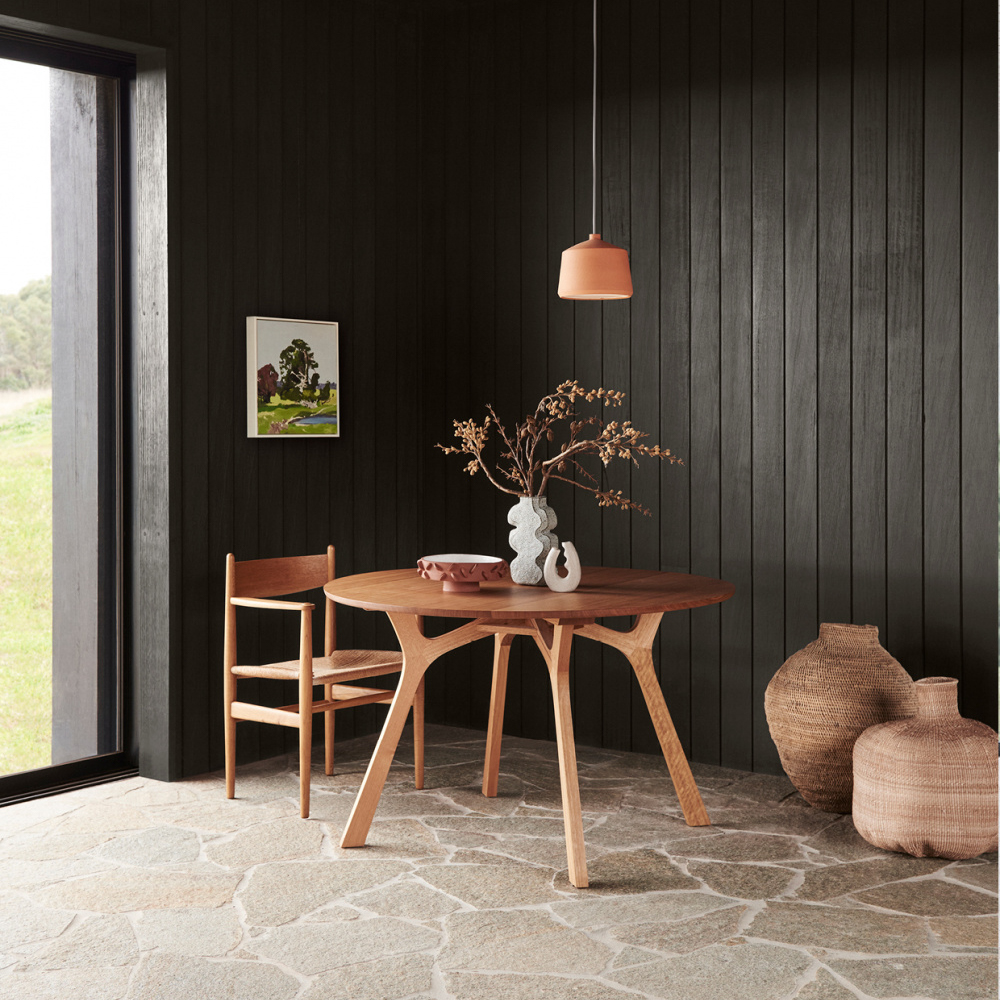When it comes to interior design, there are many different styles to choose from. One style that has been gaining popularity in recent years is Japandi style. As the name suggests, Japandi is a fusion of Japanese and Scandinavian design elements, combining the minimalist and functional aspects of both styles. In this article, we will explore the origins of Japandi style, its key characteristics, and how to incorporate these elements into your own home.
Origins of Japandi Style
Japandi style originated as a response to the overly ornate and cluttered design styles of the past. Japanese design has been characterized by its simplicity and functionality for centuries, while Scandinavian design emerged in the early 20th century as a way to create affordable, practical furniture for every home. These two styles share many commonalities, such as a preference for natural materials, a focus on clean lines, and a minimalist approach to ornamentation.
Key Characteristics of Japandi Style
There are several key characteristics that define Japandi style. First and foremost is the use of natural materials, such as wood, bamboo, and linen. These materials create a warm and inviting atmosphere that is essential to the Japandi aesthetic. Another important aspect is the emphasis on clean lines and simplicity. Japandi style is all about creating a sense of calm and serenity through the use of carefully curated objects and a minimalist approach to design.
Color Palette
The color palette of Japandi style is muted and natural, featuring shades of beige, gray, and black. This allows the natural textures of the materials used in Japandi design to shine through, creating a sense of harmony and balance. Additionally, pops of color can be added through carefully chosen accents, such as a vase of flowers or a piece of artwork.
Furniture and Decor
Furniture and decor in Japandi style are simple and functional, with clean lines and minimal ornamentation. Pieces tend to be low to the ground and feature natural materials such as wood and bamboo. Decorative objects are sparse and carefully chosen, often featuring traditional Japanese motifs or simple, geometric shapes.
Incorporating Japandi Style Into Your Home
If you’re interested in incorporating Japandi style into your own home, there are several easy ways to get started. One of the simplest ways is to focus on natural materials, such as bamboo and wood, when selecting furniture and decor. Additionally, you can incorporate traditional Japanese motifs, such as bonsai trees, into your decor to add a touch of authenticity to your space. Finally, pay attention to lighting and create a sense of warmth and coziness by using soft, diffused light.
Japandi Style DIY Projects
There are also many DIY projects that you can do to add a touch of Japandi style to your home. For example, you could create a simple, low-to-the-ground coffee table using a reclaimed piece of wood or bamboo. Alternatively, you could create a traditional Japanese ink wash painting to hang on your wall, or make your own shoji screen to add a touch of Japanese elegance to your space.
Japandi style is a beautiful fusion of two design styles that share a commitment to simplicity, natural materials, and clean lines. By incorporating Japandi elements into your home, you can create a space that is both functional and beautiful, and that creates a sense of calm and serenity. Whether you choose to go all-in with the Japandi aesthetic or simply incorporate a few key elements, this style is sure to add a touch of elegance and sophistication to your space.




